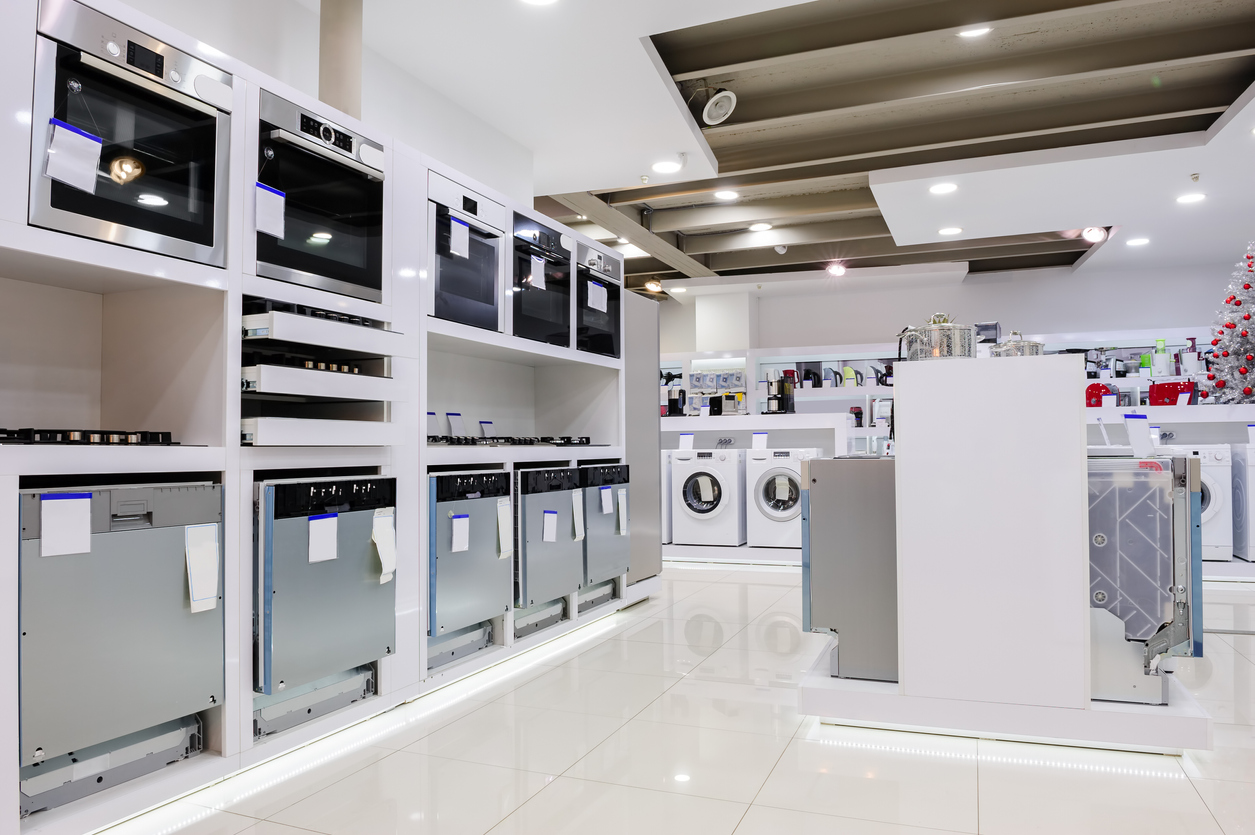
June 29, 2022
Six firms are selected to manufacture AC components with a committed investment of INR 908 crore
Nine firms are selected for manufacturing LED light components with committed investments of INR 460 crore
The Ministry of Industry and Commerce estimates that the 15 firms will create about INR 25,583 crore of production over five years
Domestic Value Addition in the sector is expected to increase to 75-80%

A total of 15 firms were selected for the Production Linked Incentive (PLI) scheme for the white goods, with a committed investment of INR 1,368 crore, according to the Ministry of Industry and Commerce.
ACs and LEDs
Of the 15, six firms are selected to manufacture AC components with a committed investment of INR 908 crore and nine for manufacturing LED light components with committed investments of INR 460 crore.
The Ministry estimates that the 15 firms will create about INR 25,583 crore of production over the course of five years and also generate 4,000 new direct employment opportunities. Additionally, it stated that the PLI scheme is expected to lead to a total output of around INR 122,671 crore in components for AC and LED lights.
Companies involved in manufacturing AC components will produce copper tubing, compressors, control assemblies, and heat exchangers, among others. On the other hand, firms involved in manufacturing LED lights will work on chip-packaging, drivers, light management systems, and metallized films for capacitors will be manufactured in India.
Domestic Value Addition in the sector is expected to increase from the present 15-20% to 75-80%, as per the Ministry.
About the scheme
The PLI scheme for white goods, with an outlay of INR 6,238 crore, was approved by the Union Cabinet on April 7, 2021. It would be functioning from FY22 to FY29. The scheme is designed to create an ecosystem of components for ACs and the LED light industry in India, and also make the country an integral part of the global supply chain.
The scheme provides the registered companies with an incentive of 6-4% on a reducing basis tied to the increase of sales, over a period of five years, subsequent to the base year and a year of gestation period.